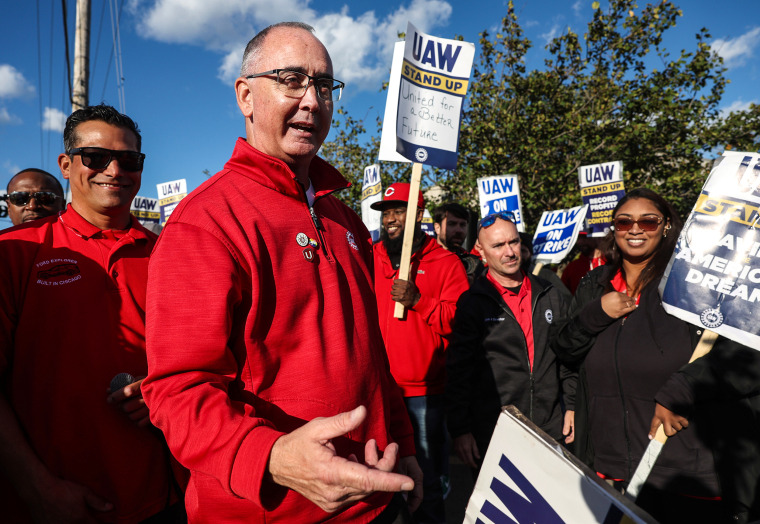In the wake of the recent win by the United Auto Workers (UAW) in Tennessee, the South has become a focal point for both backers and skeptics of the labor union. This victory has reignited hopes among supporters of labor unions in the region, emphasizing the significance of organized labor in traditionally anti-union territories. However, despite this success, skepticism still looms over the feasibility and sustainability of unionization efforts in the South.
One of the critical factors contributing to the UAW’s successful campaign in Tennessee was the nimbleness and adaptability of its strategy. By forging alliances with key community stakeholders and adopting a more localized approach, the union was able to resonate with workers on a personal level, thereby garnering their support. This approach stands in stark contrast to previous failed attempts by unions to penetrate the Southern market, which often employed a more generalized and distant outreach strategy.
Furthermore, the UAW’s victory has underscored the shifting dynamics within the South’s workforce. As the region experiences demographic changes and an influx of younger, more progressive workers, there is an increasing openness to the idea of labor unions. This demographic shift presents a unique opportunity for unions to tap into a new pool of potential members and supporters who are more aligned with their values and objectives.
However, while the UAW’s success in Tennessee serves as a beacon of hope for labor organizers in the South, skeptics remain unconvinced of the long-term viability of unionization efforts in the region. Deep-rooted anti-union sentiments, coupled with the political and economic landscape in many Southern states, pose significant challenges to the sustainability of organized labor movements. Moreover, the presence of powerful anti-union entities, such as corporations and conservative interest groups, continues to hinder the progress of labor unions in the South.
In conclusion, the recent victory of the UAW in Tennessee has revitalized hopes for the resurgence of labor unions in the South. By adapting their strategies to the unique characteristics of the region and leveraging demographic shifts, unions have the potential to gain a stronger foothold in traditionally anti-union territories. However, the road ahead remains fraught with challenges, and the skepticism of detractors underscores the arduous journey that lies ahead for organized labor in the Southern United States.

